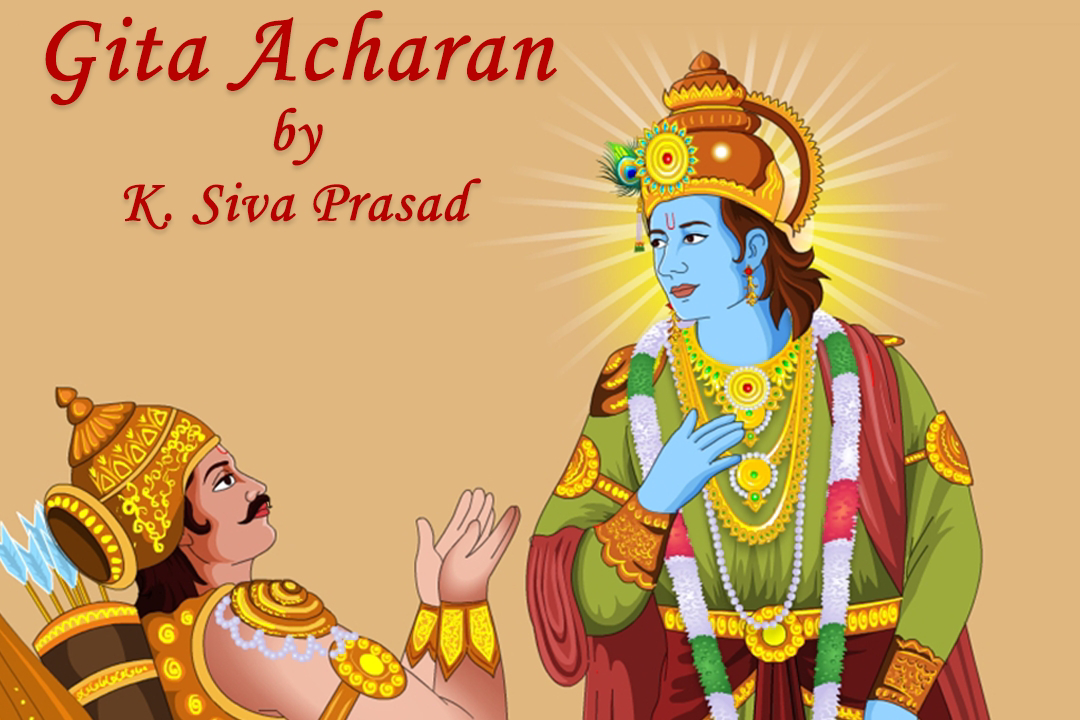9. Identify Friend and Enemy.

In the Gita, Lord Krishna says you yourself are your own friend and you yourself are your own foe. The following story of the trapped monkey illustrates it well. Some nuts are kept in an earthen pot with a narrow mouth (surahi) in which the monkey's hand barely fits. The monkey inserts its hands by squeezing through the mouth of the pot and grabs a fist full of nuts. As the fist is full, its size goes up and so it can't come out of the pot. The monkey makes all sorts of efforts to get the closed fist out of the pot. It keeps thinking that someone has laid a trap for it and never realises that the trap is set by itself. No amount of explanation would convince the monkey to let go of these nuts, instead it would think that we are trying to grab its nuts. From the outside, it looks quite simple that it has to drop a couple of nuts to loosen the fist so that its hand comes out. But realising this simple fact, when we are trapped is the challenge. The closed fist i







